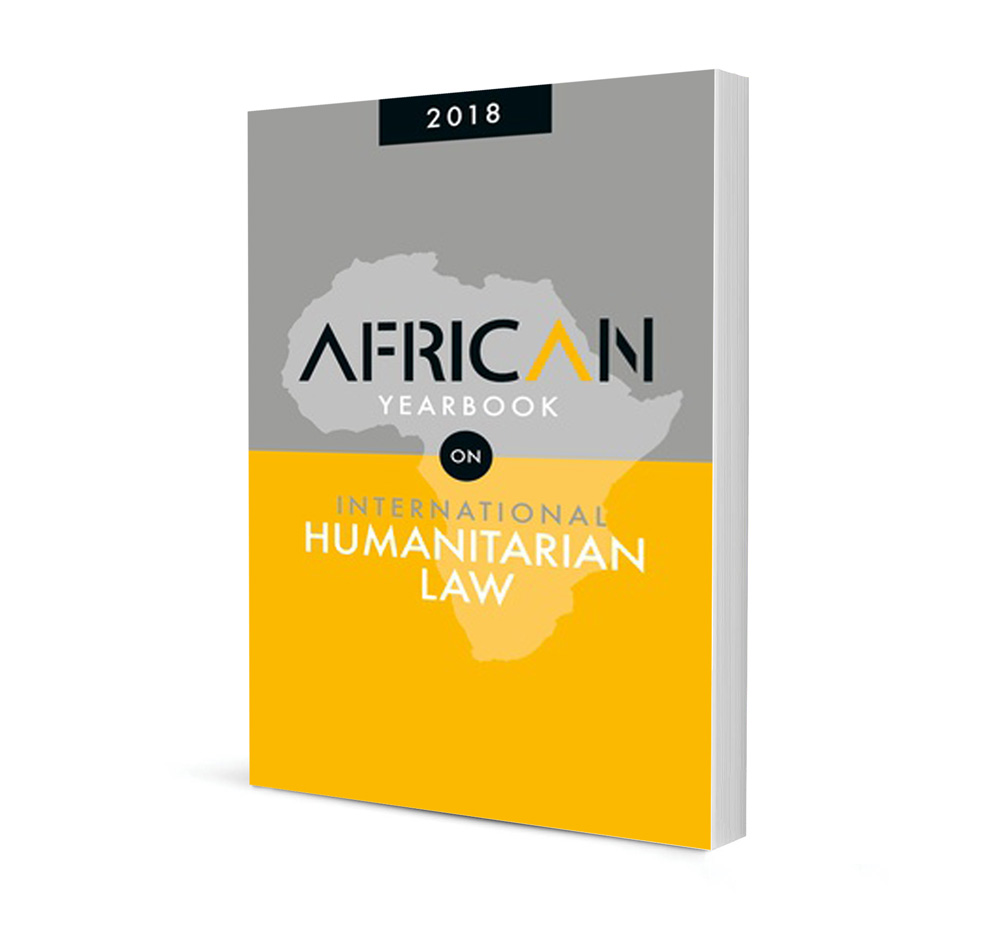
Taking Stock of Civilian Status in a Quasi Post-Guantanamo Bay World
Authors Shannon Bosch
ISSN: 2521-2621
Affiliations: Attorney of the High Court of South Africa; Senior Lecturer in Law, University of KwaZulu-Natal
Source: African Yearbook on International Humanitarian Law, 2015, p. 79 – 95
Abstract
The term ‘unlawful enemy combatant’ was initially coined in a 1942 US Supreme Court decision, as shorthand referring to persons captured while participating in armed conflict without the required authorisation. The notion that a combatant (who by definition is someone authorised to participate directly in hostilities) can be simultaneously unlawful raises complex legal questions. Not surprisingly, the category ‘unlawful enemy combatant’ does not appear in any of the international humanitarian law (IHL) treaties. It is therefore alarming that, since its reincarnation under the Bush administration, it has crept into legal literature, military manuals and case law but has yet to be defined by international agreement. Over the last century and a half, armed conflicts have played out in predominantly civilian locations, giving rise to greater intermingling of civilians with combatants. While previously unauthorised participation in conflict was seen as exceptional, in recent years it has become far more prevalent, to the extent that this increased civilian participation in armed conflicts is appreciably one of the greatest challenges faced by the armed forces. The IHL principle of distinction between lawful combatants and civilians was, and still is, intended to assist commanding officers in making legally defensible targeting decisions. However, the reality is that these supposedly clear-cut categories cannot provide clear-cut answers in modern international armed conflicts that are regulated by conventions which never envisaged the degree of civilian involvement in modern armed conflict. This legal confusion has given rise to misguided ideas — that civilian status can be forfeited or lost, and has fuelled the use of terms such as ‘unlawful enemy combatant’, an issue that is critically explored in this contribution.